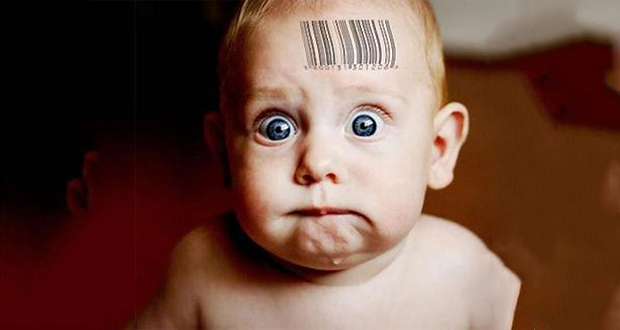This article is going to sound like something right out of a Sci-Fi movie. We might be having at least two human babies, no super babies, whose genes have been edited. A process of artificial selection of good genetic traits that gives the fetus desirable genetic traits. These babies are naturally immune to some of the deadliest modern world diseases including HIV, the AIDS-causing virus.
Jiankui He, a researcher at the Southern University of Science and Technology in Shenzhen, China published medical documents earlier this month, in which he claims to have led a team of researchers into creating the world’s first gene-edited designer baby. Something that is surprising given that the safety and ethical issues surrounding gene editing is still a matter for discussion.
Countries such as the US and UK have banned any form of gene editing, but no such restrictions exist in China. That could easily make China a center for medical tourism for people looking for gene editing services; read parents looking to design their future kids. So much about that, you, as a parent do not need to have super baby to ensure it’s health. There are options like Infant formula that provides natural and organic elements that will help nurture your child’s brain and immune system.
How China made these Super Babies
The Chinese researchers say they used the relatively cheap and easily applicable gene-editing procedure called CRISPR/Cas9. Whereby they eliminated the embryos’ CCR5 gene, which they believed would make the babies resistant to diseases like cholera, smallpox, and HIV. They targeted the CCR5 gene since it was responsible for the production of a protein channel, which enabled the HIV virus to penetrate into a healthy cell.
According to their published report, the researchers’ gene-editing procedure was used before the embryos were implanted into their respective mother’s uterus. Antonio Regalado, an MIT Technology Review says that the genetic tests were conducted on the fetuses as late as 24 weeks to six months of pregnancy. It is however not clear if the said pregnancies were carried to term, terminated, or still ongoing.
However, the lead researcher He released a video on his official YouTube channel in which he claims the one delivery gave two twin babies Lulu and Nana. The real names of the babies were hidden for security purposes. The twins were born a few weeks ago, after undergoing a successful gene-editing procedure. We have the video embedded below.
Back in April 2015, innov8tiv feature an article speaking of an on-going gene-editing experiment in China. [Click here to read about it]. It now appears like that experiment bore fruits, albeit three years later. And that also raises questions:
How many failed attempts on gene-editing has been carried out before, and how was the safety of the foetus catered for? Was the foetus in some kind of pain?



